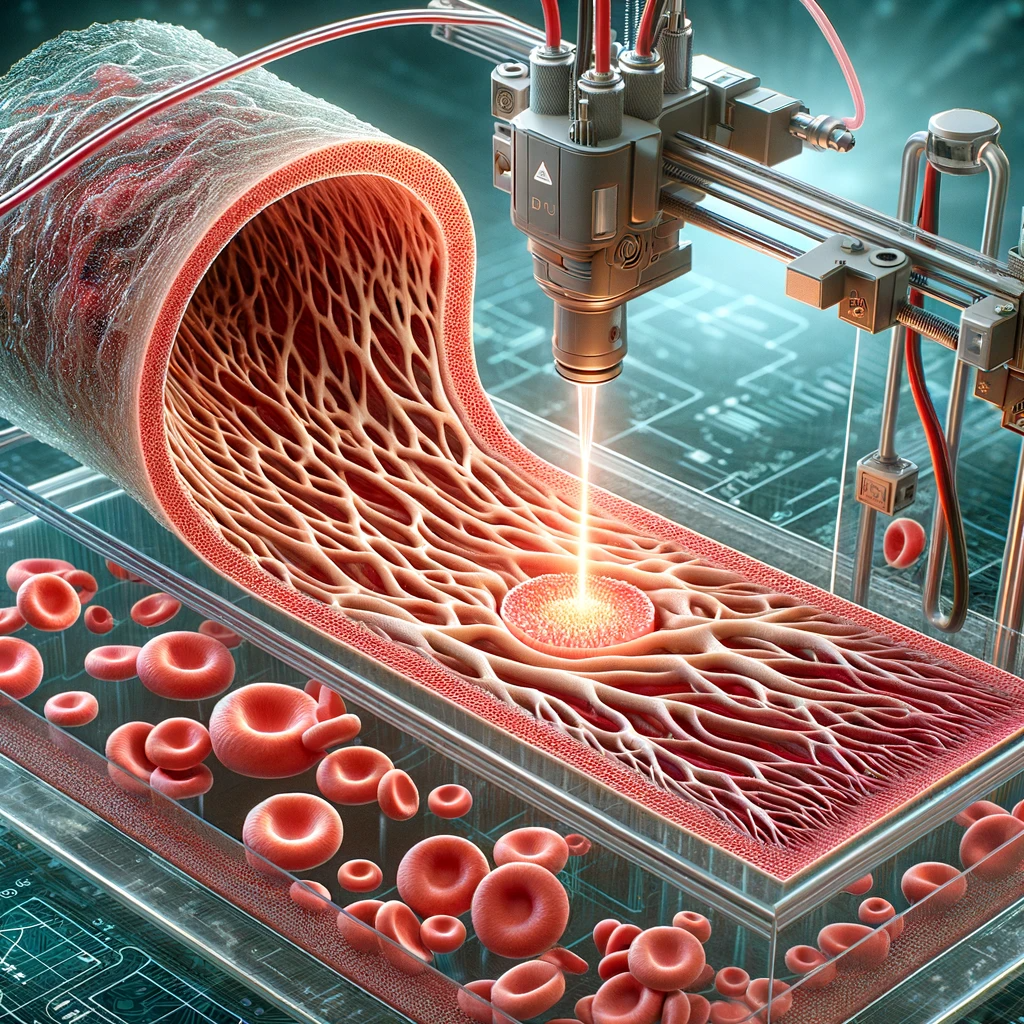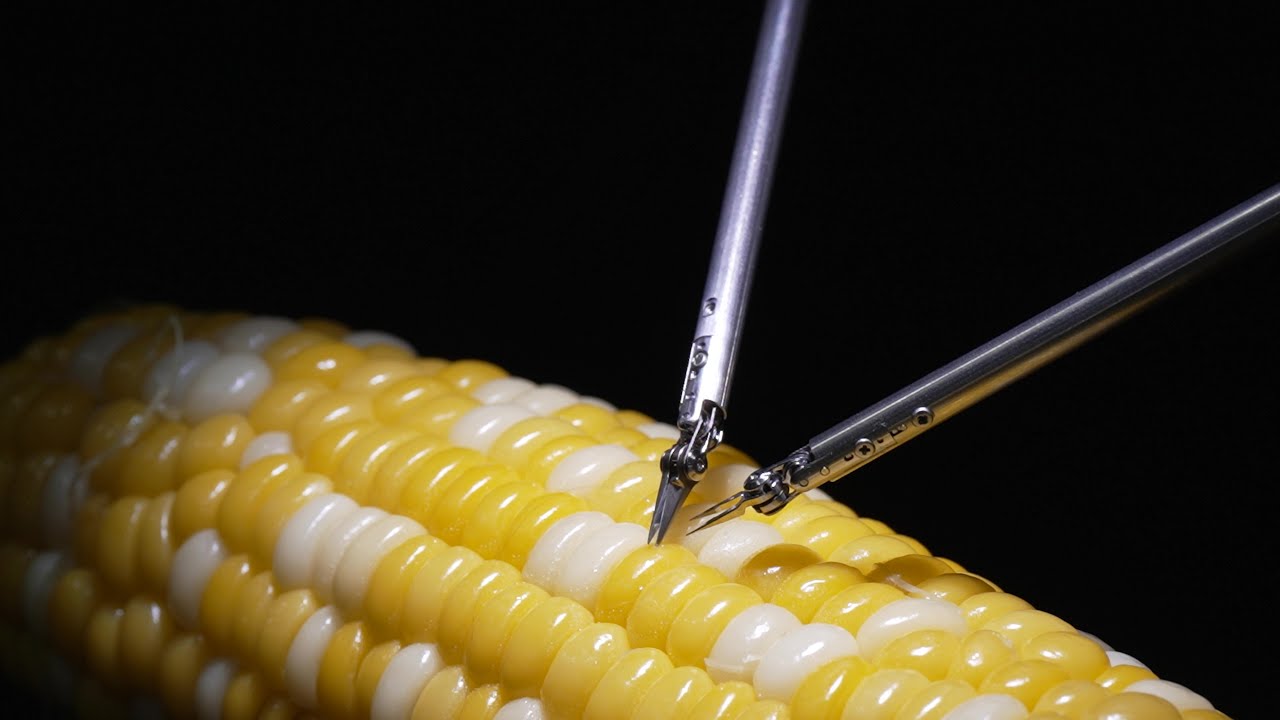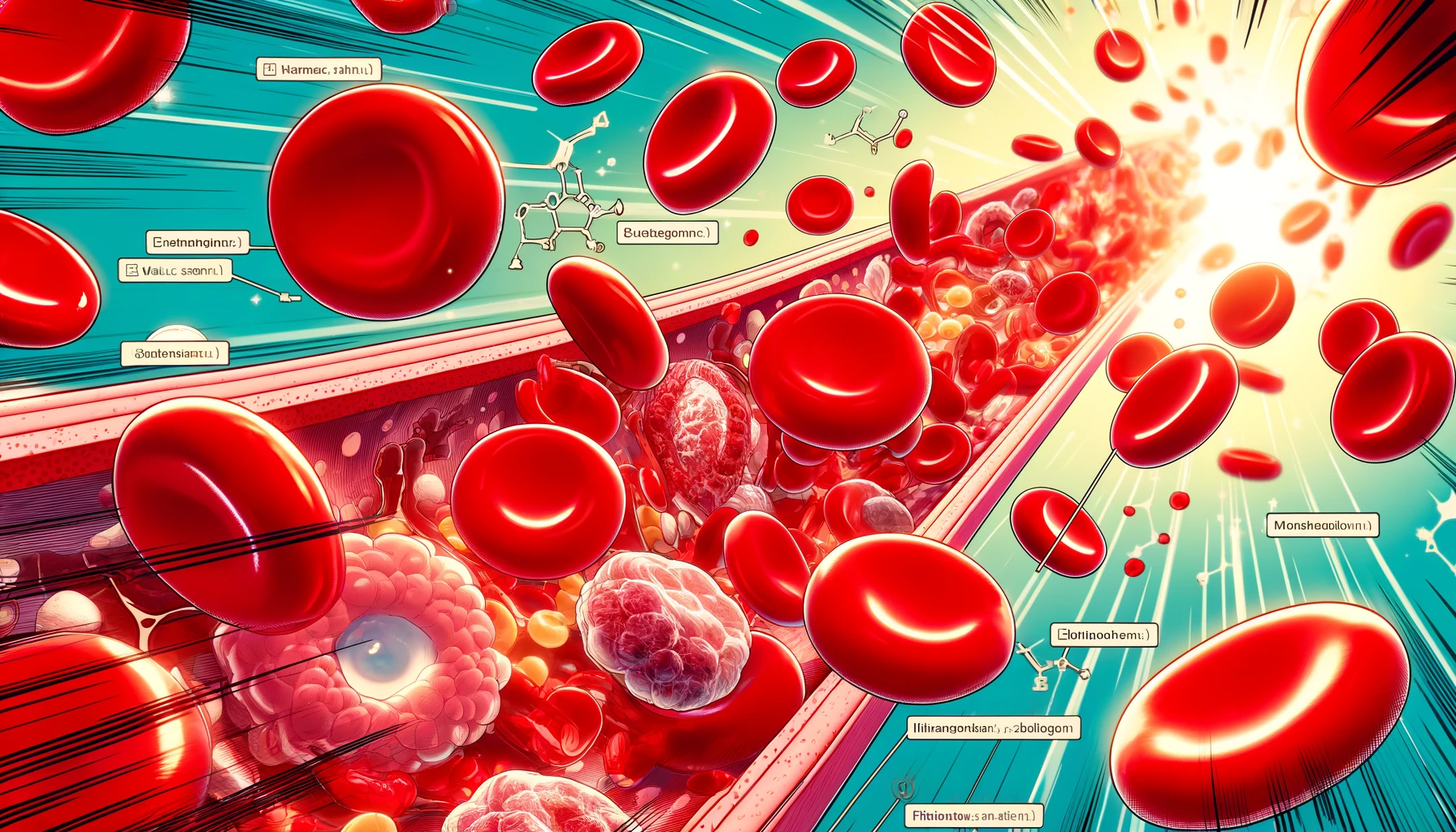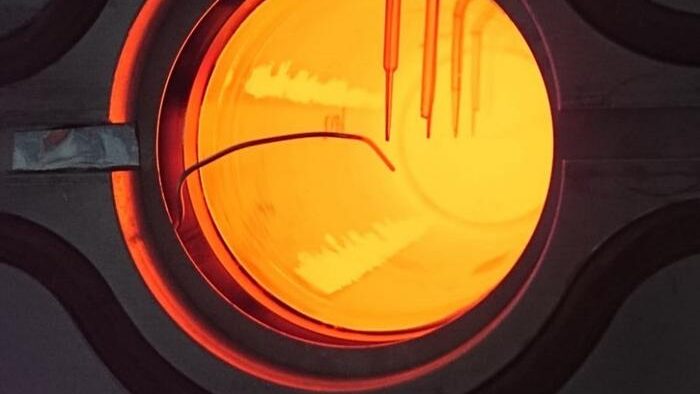From Pohang University of Science & Technology (POSTECH) 24/01/24

Due to the substantial clinical demand for artificial small-diameter vessels (SDVs), numerous commercial products have emerged.
However, the majority of existing artificial SDVs lack an endothelial layer, leading to thrombosis.
Fabricating artificial SDVs with a consistently uniform endothelial layer and adequate mechanical properties has proven exceptionally challenging.
Recently, a team of researchers – led by Professor Jinah Jang from the Department of Mechanical Engineering, the Department of Convergence IT Engineering, the Department of Life Sciences, and the School of Convergence Science and Technology and Research Professor Hyoryung Nam from the Department of Convergence IT Engineering at Pohang University of Science and Technology (POSTECH), and Professor Seung-Jae Lee from the Department of Mechanical Engineering and Dr. Hun-Jin Jeong from the Department of Mechanical Engineering at Wonkwang University – collaborated to address this issue.

They recently employed cutting-edge 3D printing technology with a dragging technique to produce SDVs featuring pores capable of forming an endothelium.
The findings of their research were published in the international journal Bioactive Materials.
The team innovated a dragging 3D printing technique enabling the fabrication of pore structures without the need for extra materials or devices while maintaining precise control over pore size.
Employing this technique, they produced artificial SDVs with a porous, multilayered design.
These vessels were then infused with a combination of human umbilical vein endothelial cells (HUVECs) and human aortic smooth muscle cells (HAoSMCs) using a natural polymeric bio-ink.
Remarkably, the HUVECs migrated through the pores, reaching the innermost layer of the artificial SDV and establishing an endothelium with the extent of coverage dependent on the pore size.

The team achieved a coverage of up to 97.68 ± 0.4% of the artificial SDV surface with the endothelium, preventing platelet adhesion.
This approach allowed the creation of an artificial SDV capable of autonomously forming its own endothelium solely through the presence of pores, eliminating the need for additional processing steps.
Professor Jinah Jang explained, “This research marks the first use of advanced dragging 3D printing technology and harnesses the properties of HUVECs for the development of spontaneous cellular assembly small diameter vessels (S-SDVs).”
She added, “Their robust stability and mechanical characteristics not only render them suitable for transplantation but also position them as valuable for the future endothelialization of intricate vascular structures such as those with branches and curves.”



